Imagine a tiny private island ringed with a soft sandy beach, surrounded by sparkling turquoise water and colorful coral reefs below. Now imagine an archipelago of 1,190 islands and atolls lying in the Indian Ocean and you’ve conjured up the very real country of Maldives.
What to Do in the Maldives
Relaxing in the sun on a fabulous beach and playing in the brilliant water is why most people visit the Maldives. The temperature never falls below 77° F and even the rainy season still has many days of sunshine.
The Maldives are famed for their natural beauty and rich marine life, so fishing, diving, and snorkeling are mainstays. The colorful reefs and crystal-clear waters around the Maldives support two-thirds of the world’s species of fish. Most resorts have a divemaster and a house reef nearby for snorkelers and divers. The best diving season is October – April, with visibility up to 164 feet. Travel Maestro tip: Some of the finest atolls for diving and snorkeling include Faafu, Ari, Meemu and Vaavu.
Surf season is the other half of the year, April – October, which is also the wettest season. The islands have several world-class surfing breaks. Other watersports are plentiful, too, including snorkeling, windsurfing, kneeboarding, wakeboarding, kayaking, and banana boats. Travel Maestro tip: Do book an excursion to see manta rays or whale sharks – swimming with them is a magical experience that you’ll never forget.
Historical and cultural offerings on the islands are quite limited and nightlife is practically non-existent. The capital city, Male, has a National Museum, the Old Friday Mosque, and a popular working fish market but many vacationers don’t spend any time in Male. Travel Maestro tip: You can get a glimpse of traditional island life with an excursion to a small village on one of the 202 inhabited islands.
Where to Stay
One of the distinctive features of the nearly 150 resorts in the Maldives is that each one is on its own island. Some are within sight of another island; others are quite remote. International travelers fly into Male and take a speedboat or seaplane to their resort. Travel Maestro tip: Resorts that are more than an hour boat ride from Male use seaplanes for transfers.
Resort accommodations largely fall into two categories: exquisite overwater villas with private pools or beachfront bungalows with incredible views. Many accommodations include butlers to pack and unpack, make activity reservations, and generally make sure you don’t have to lift a finger. Serene resort spas offer a range of indulgent treatments (fee) for rejuvenation and wellness. Travel Maestro tip: Most resorts offer complimentary use of non-motorized water sports and many include a snorkeling or sunset boat trip.
Guesthouses are at the basic end of accommodations and their comfort and facilities vary greatly. Guesthouses are always located on inhabited islands where there are restrictions on alcohol, pork, and bikinis because the country is predominantly Muslim. Travel Maestro tip: Some inhabited islands have designated tourist beaches where bikinis are allowed.
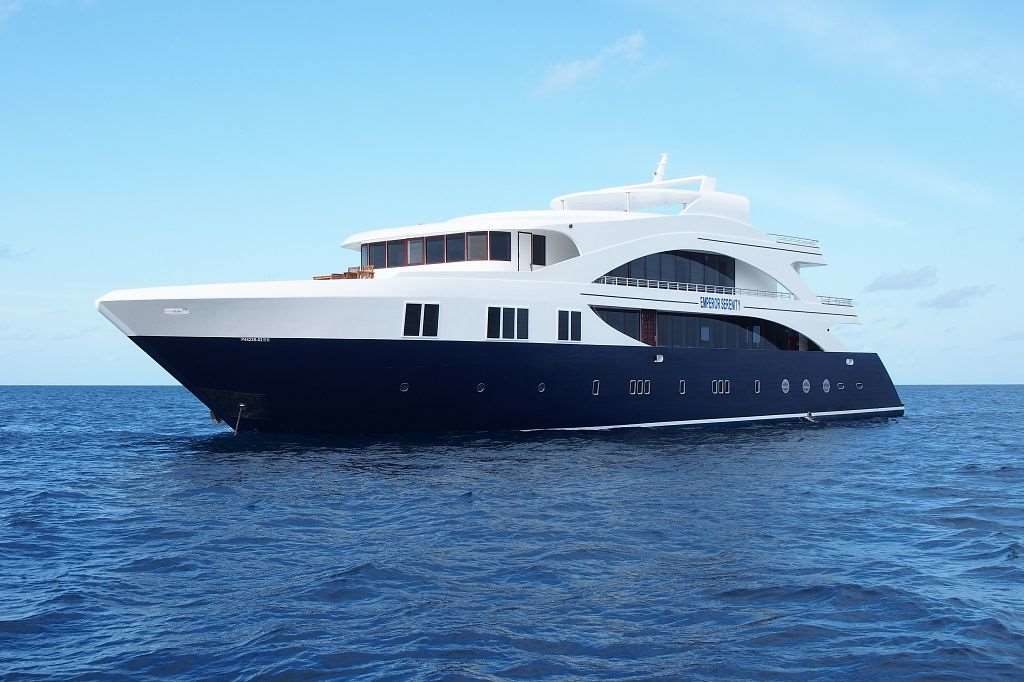
Liveaboard yachts known as safari boats have also grown popular in the last decade. Diving, fishing, and surfing charters for two to 40 passengers are available. Travel Maestro tip: Advance booking is required. Know what activities the safari boat supports before committing to a cabin.
What does a Maldives Vacation Cost?
A vacation at a Maldives resort is luxurious, elegant, and exclusive – and comes with a steep price tag. Midrange resorts run $400-$850 per night. Top resorts start at $750 per night and go up – some go way up. The St. Regis Maldives offers the entire Vommuli island for $250,000 per night! Boat transfers from Male go for $200-$300 round trip and seaplane transfers from $400.
Dinner at a luxury resort will cost around $150 per person. Purchasing a meal plan or all-inclusive option when available can save money on meals. Travel Maestro tip: To eliminate most out-of-pocket expenses during your vacation, consider one of the all-inclusive 5-star Maldives resorts that offer gourmet meals, top-shelf liquor, boat tours, diving, and daily spa credits.
Guesthouses are the budget option in the Maldives, at $60-$150 per night. While this price point may be attractive, don’t expect the posh glamor of a resort. For Liveaboards, the cost depends on the length of the trip, the luxury of the boat, and the activity of the cruise, in addition to other factors.
Sustainable Tourism
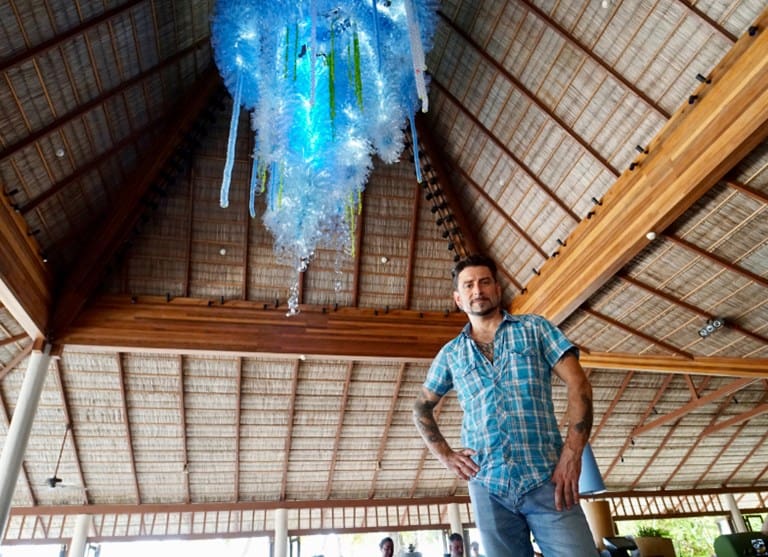
Climate change and warming oceans are a concern for the fragile ecosystem. In 2016, a devastating coral bleaching event killed up to 85% of the corals, which is a major tourism draw, so the government is working to protect them and control future damage from waste disposal. In a major push, the Maldives plans on being carbon neutral by 2020.
The Maldives is also cited as a model for sustainable tourism development. The legalization of guesthouses encouraged entrepreneurship in Maldivians and allowed tourism dollars to flow back into the local economy. Resorts also take steps to reduce their footprint. Some examples:
- JOALI manages a Reef Restoration Program to help in healing. Park Hyatt Hadahaa is recognized and certified by Green Globe and EarthCheck for their environmental and social sustainability policy.
- Six Senses Laamu actively demonstrates its commitment to reducing the environmental impact of resort activities, while improving resource efficiency, self-sufficiency, and zero waste.
- Soneva Fushi became carbon neutral in 2012, for both its direct and indirect resort operations including guest flights. It’s flagship project, Soneva Namoona, brings plastic use reduction, recycling, ocean stewardship and environmental education under one umbrella.
The Maldives is an exquisite and delicate environment like no other on earth. A vacation there is the pinnacle of relaxation, luxury, and beauty. When you’re ready to heed the call to the Maldives, let our knowledgeable vacation advisors help you choose the right resort.

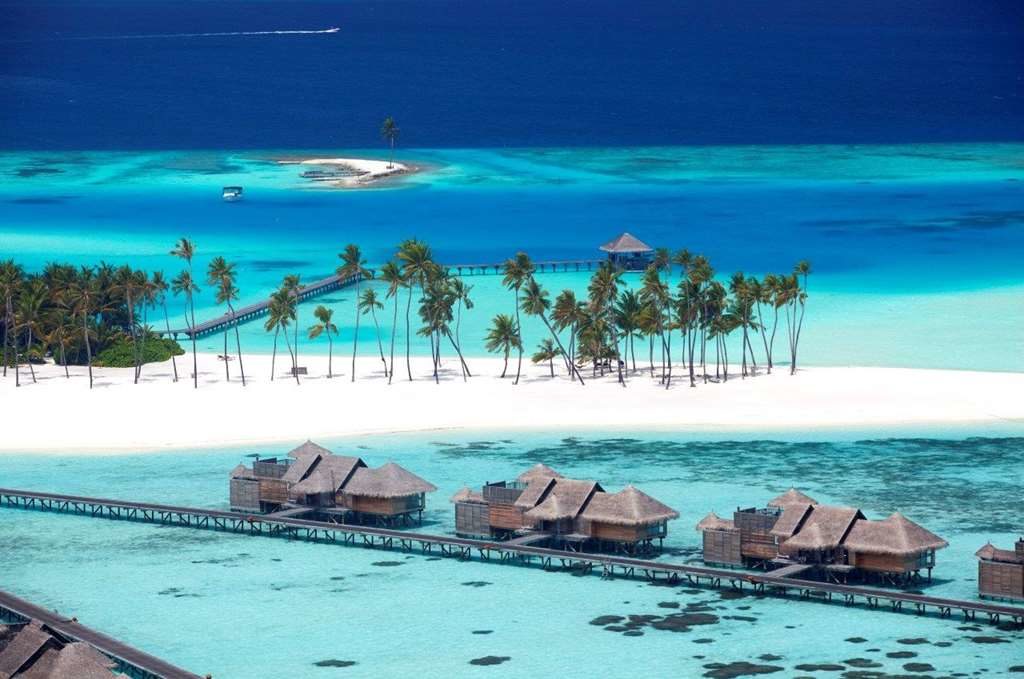
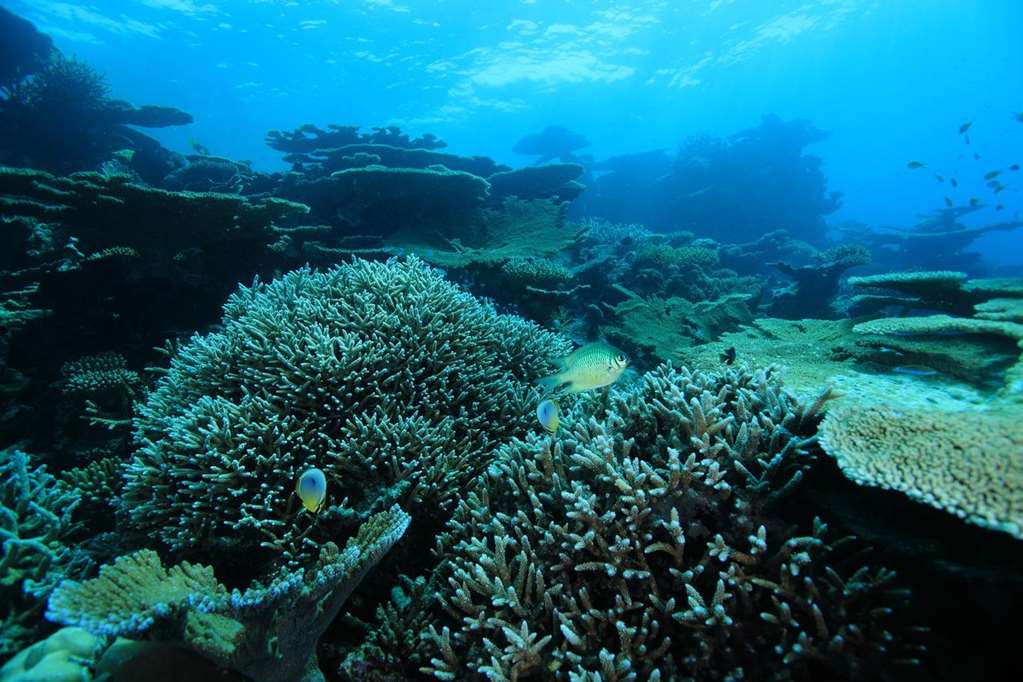
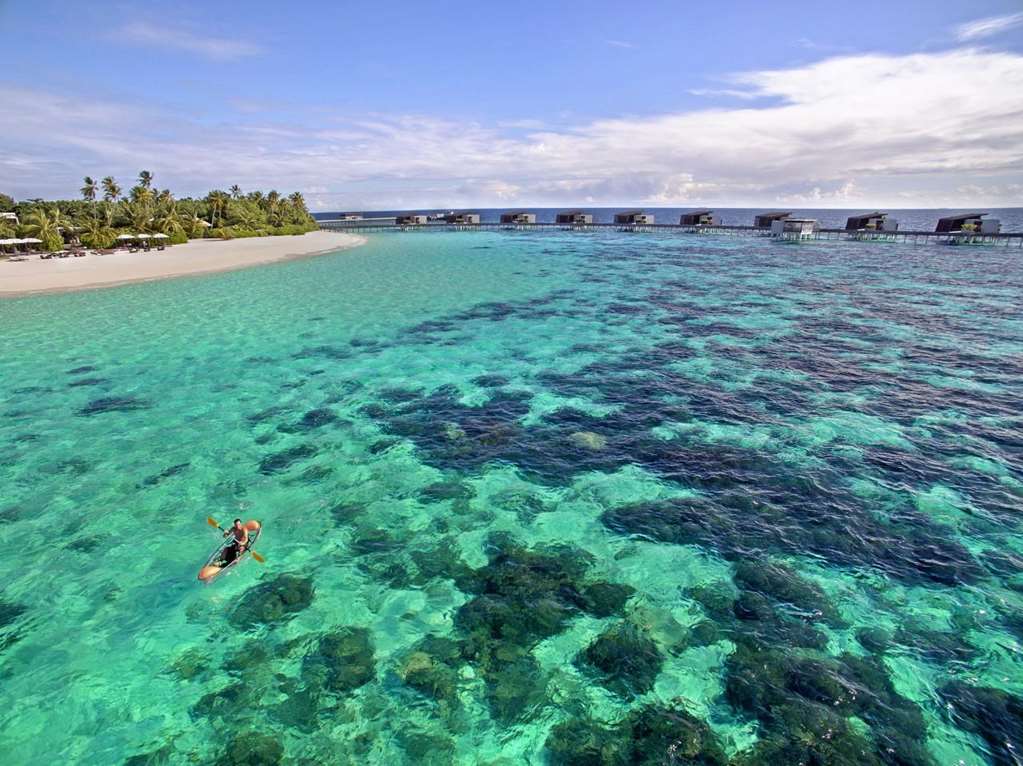
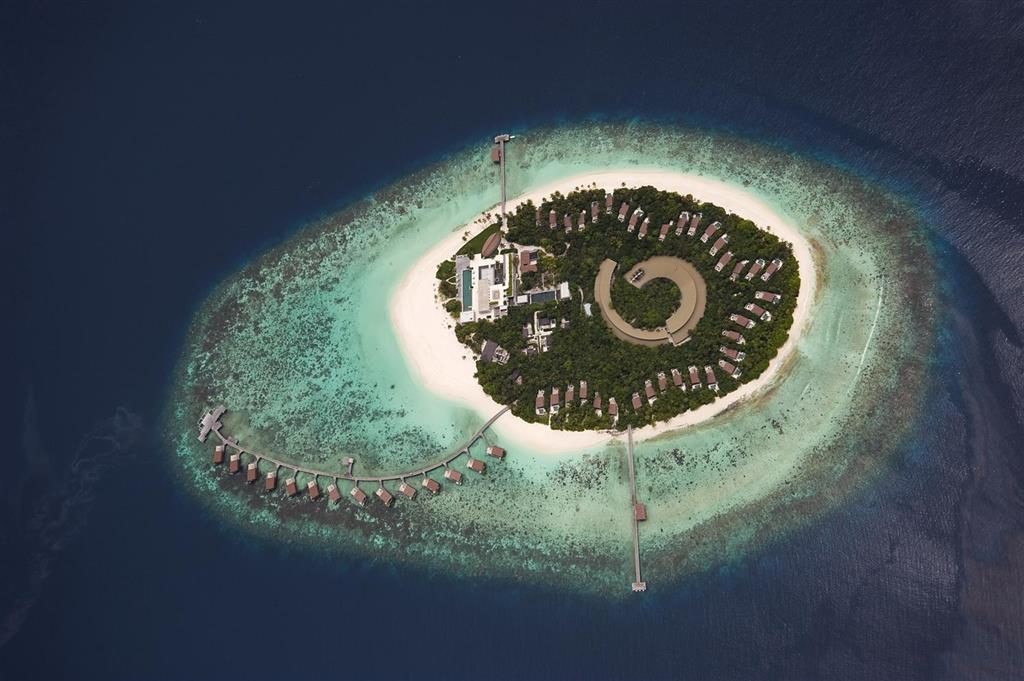
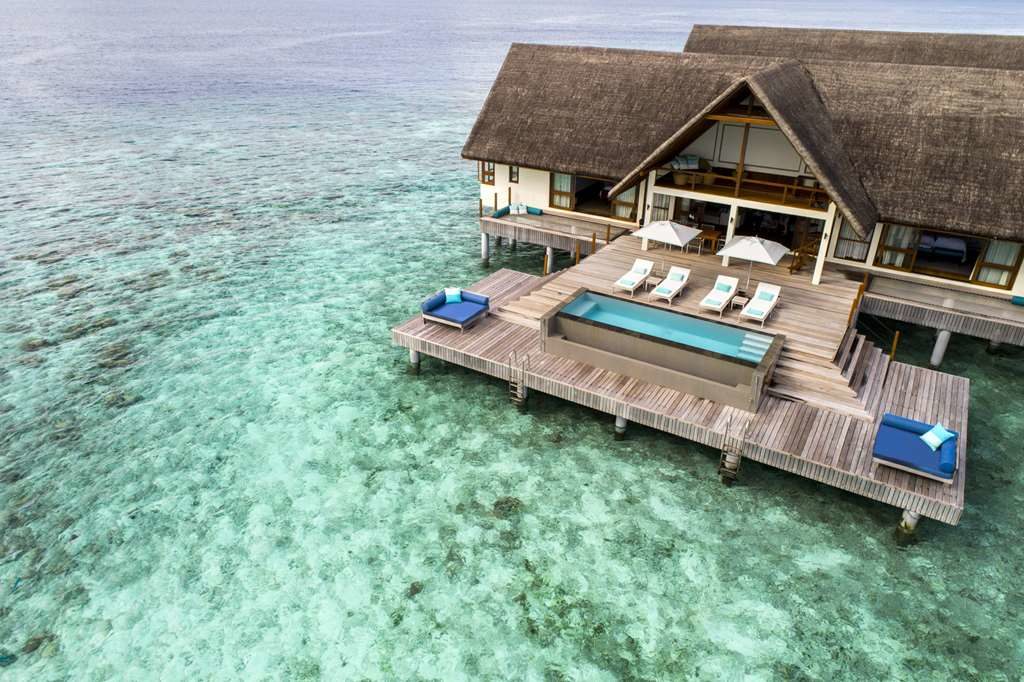
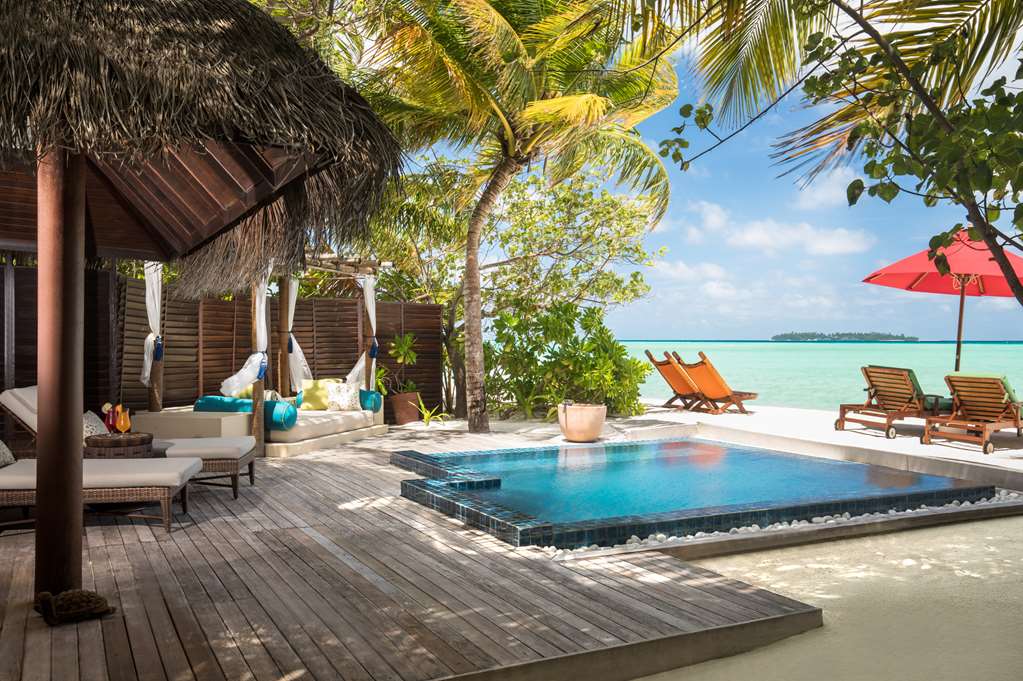
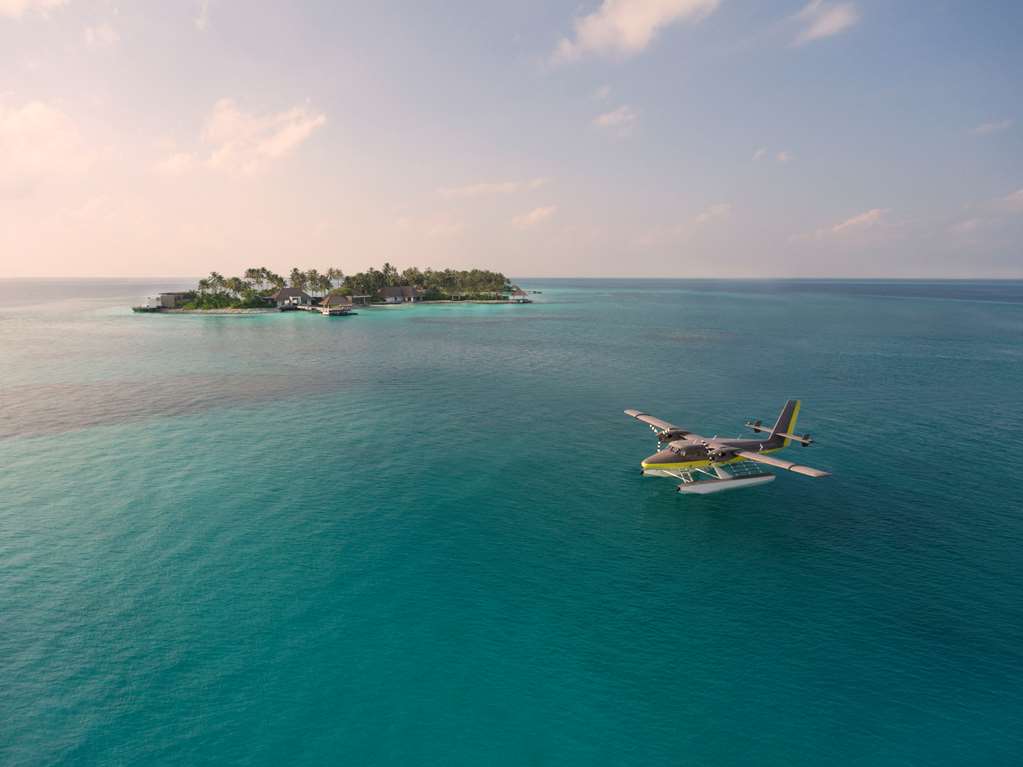
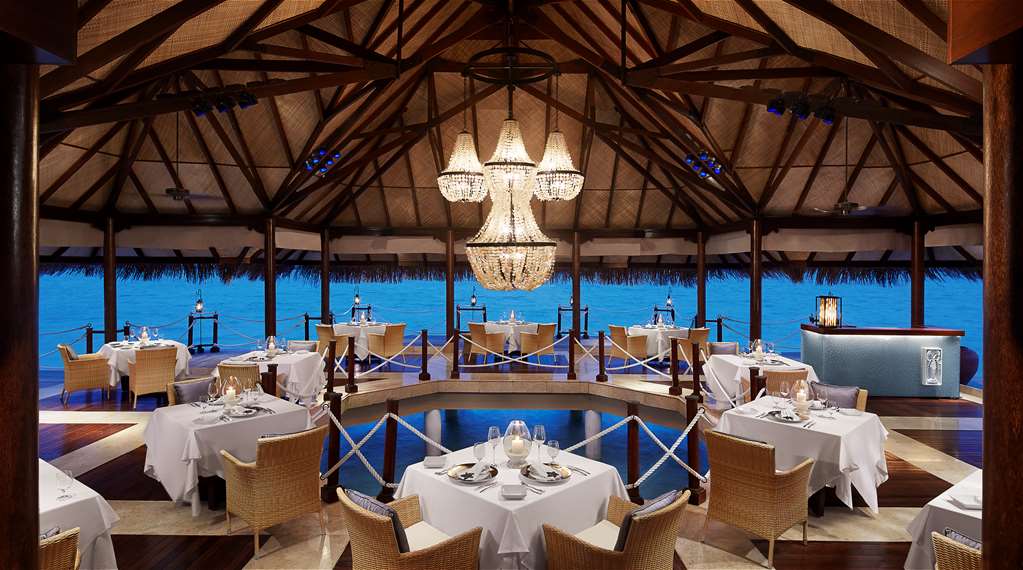
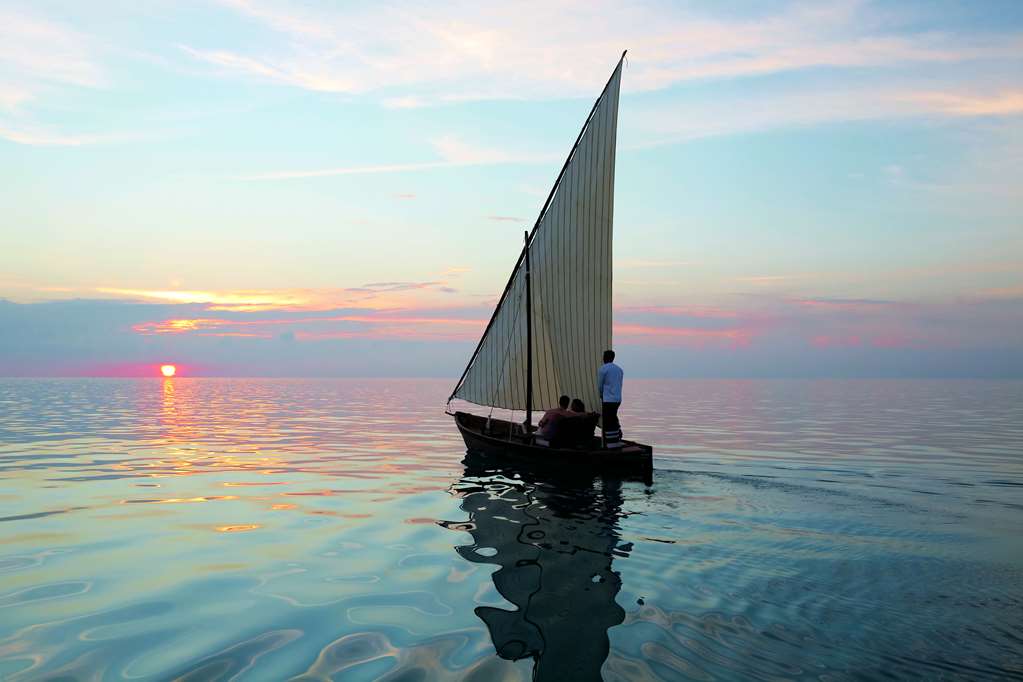






Leave a Reply